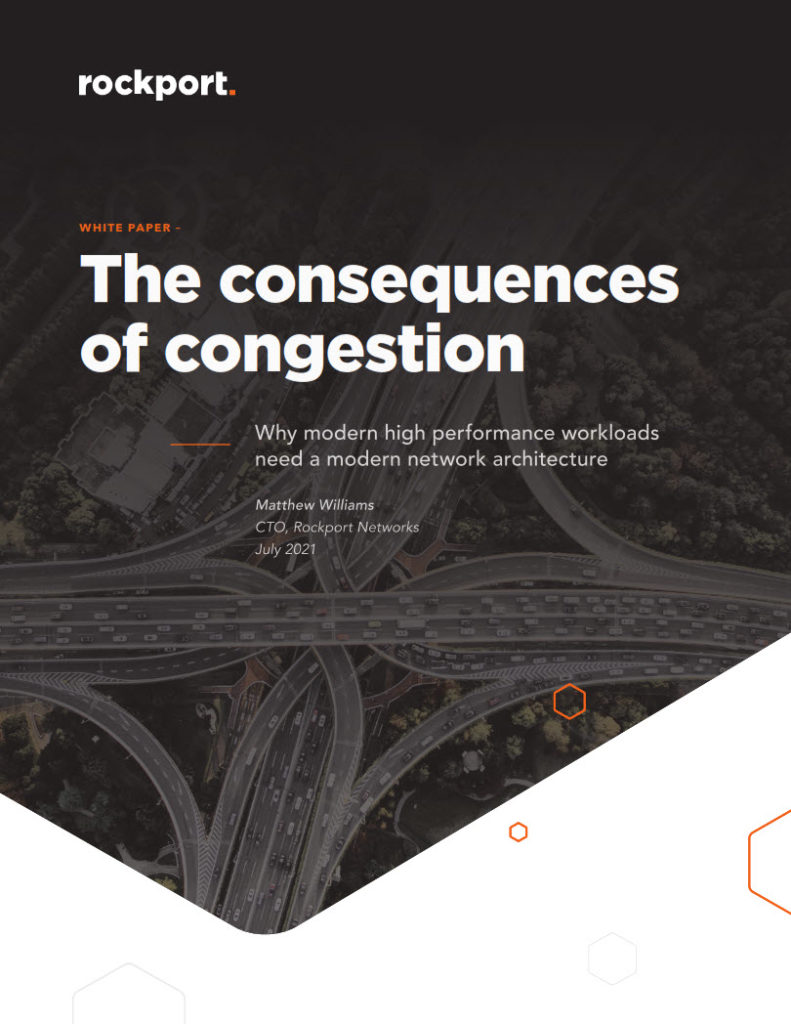Sponsored Guest Articles
Cabinet Technology is Bridging the Efficiency of Air Cooling with the Performance of Liquid Cooling for HPC and AI Workloads
[SPONSORED GUEST ARTICLE] Data center operators need to modernize and future-proof their facilities, so they don’t get left behind as AI and HPC deployments expand. While the industry is exploring several liquid cooling ….
White Papers
It’s Time to Resolve the Root Cause of Congestion
Today, every high-performance computing (HPC) workload running globally faces the same crippling issue: Congestion in the network.
Congestion can delay workload completion times for crucial scientific and enterprise workloads, making HPC systems unpredictable and leaving high-cost cluster resources waiting for delayed data to arrive. Despite various brute-force attempts to resolve the congestion issue, the problem has persisted. Until now.
In this paper, Matthew Williams, CTO at Rockport Networks, explains how recent innovations in networking technologies have led to a new network architecture that targets the root causes of HPC network congestion, specifically:
– Why today’s network architectures are not a sustainable approach to HPC workloads
– How HPC workload congestion and latency issues are directly tied to the network architecture
– Why a direct interconnect network architecture minimizes congestion and tail latency
Related Posts
 Featured RSS Feed
Featured RSS Feed
- Why FinOps Needs DataOps ObservabilityIn this special guest feature, Chris Santiago, Vice President/Solutions Engineering, Unravel Data, talks about controlling cloud spend through three phases of the FinOps lifecycle.
 More News from insideBIGDATA
More News from insideBIGDATA
- Personalizing Employee Experiences with Product Analytics
- Lenovo Delivers Next Generation of Intel-Based Infrastructure Solutions to Simplify the AI Journey for Businesses of All Sizes
- Western Digital Introduces New AI Data Cycle Storage Framework to Help Customers Capture the Value of AI
- Low Code/No Code
- In the Era of Cloud and AI, Hard Drives are More Critical than Ever Before
- AI+BI: Bridging Cognitive and Usability Gaps in Business Intelligence
- From ER Diagrams to AI-Driven Solutions



